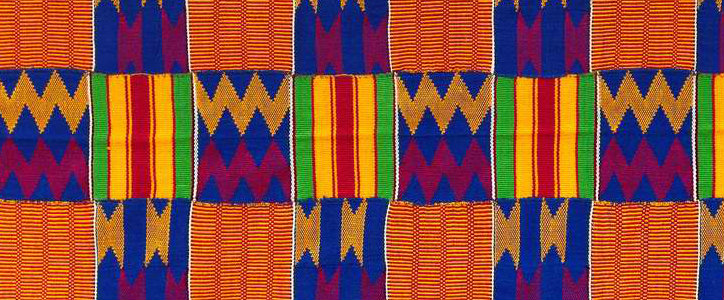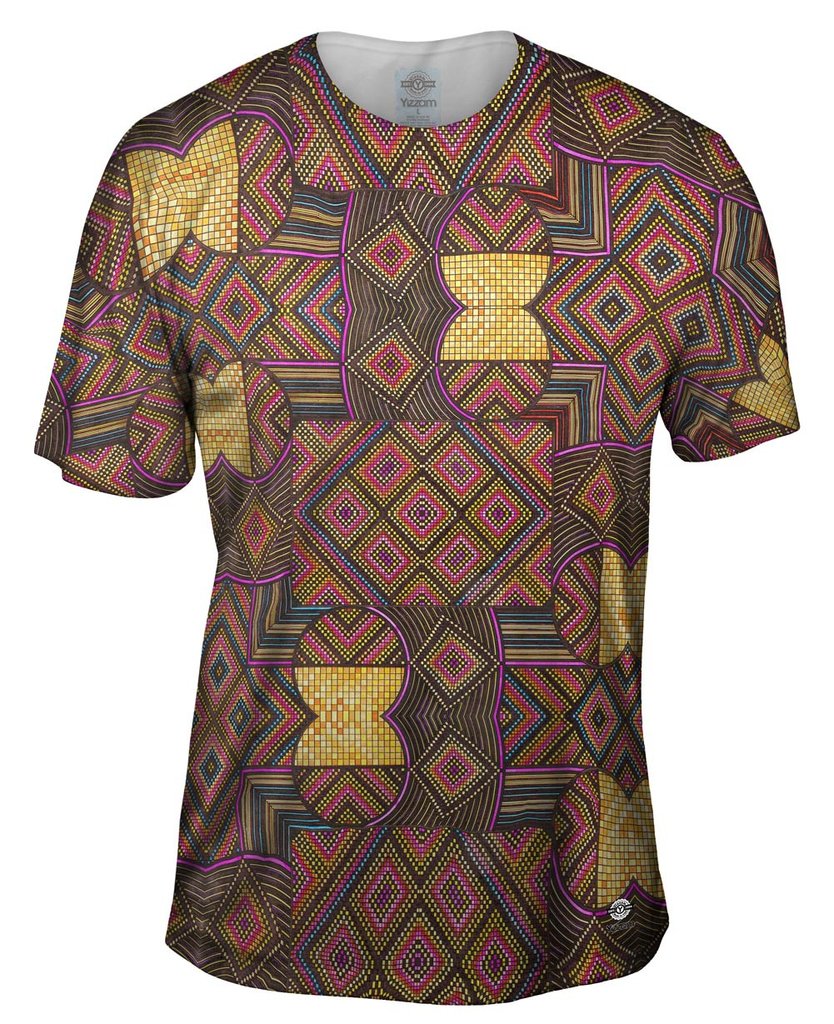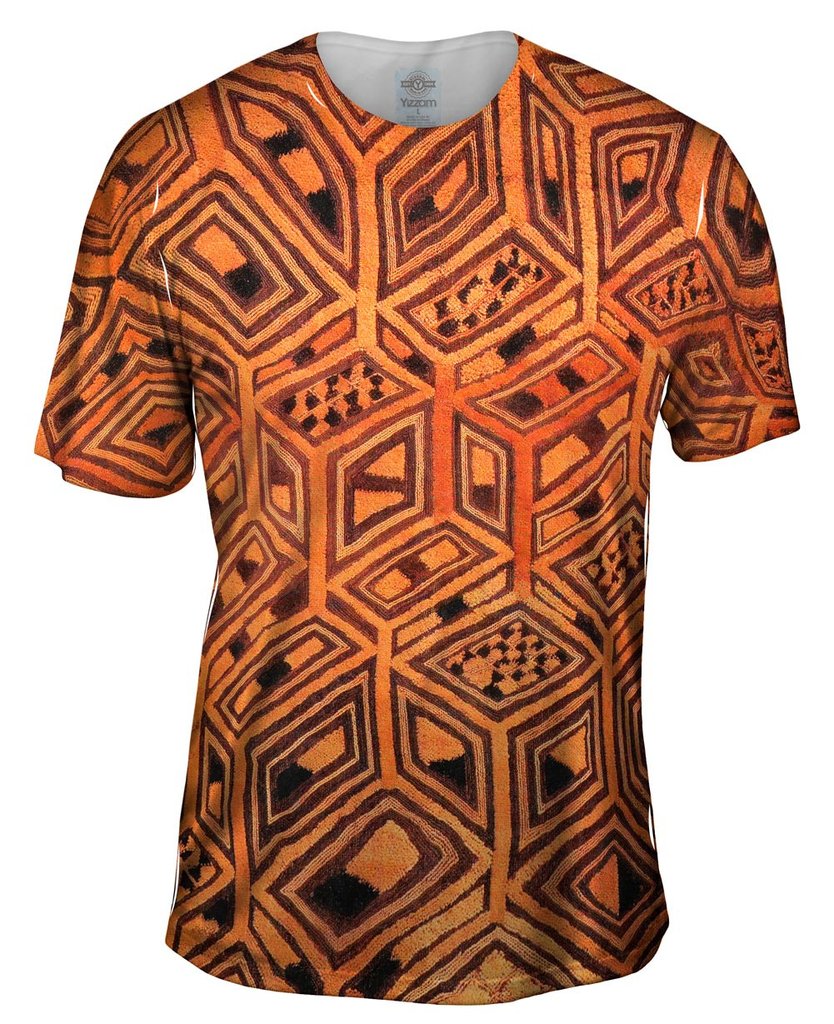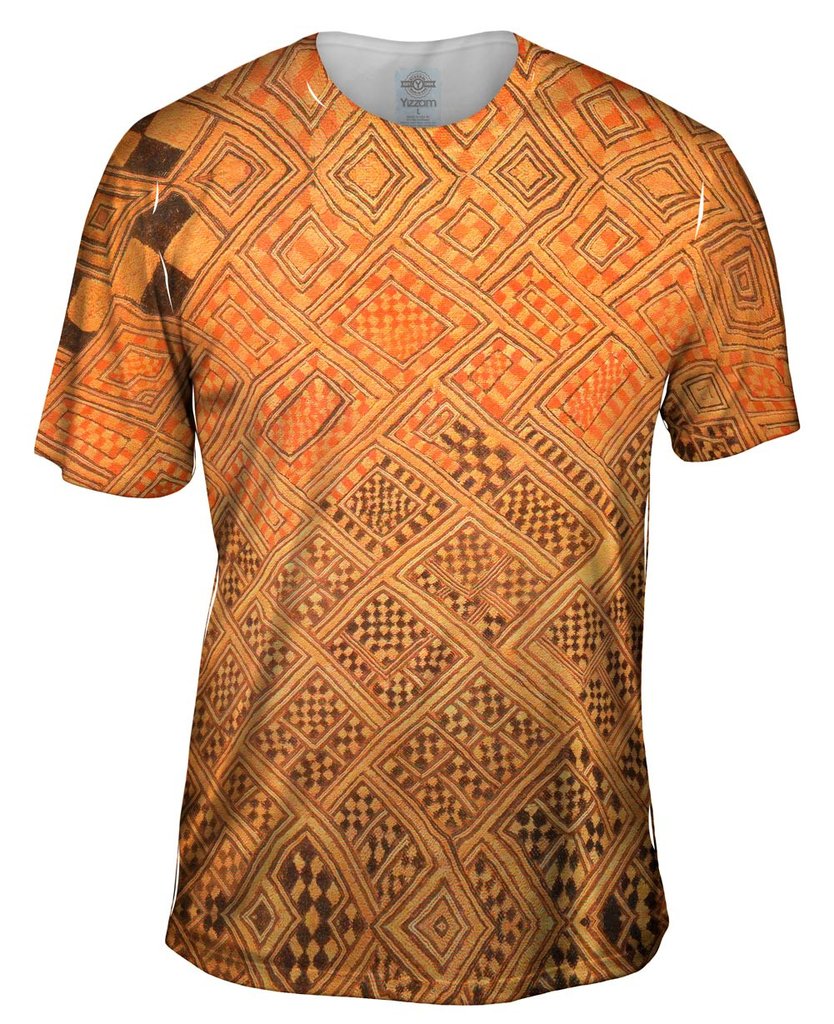From Donna Karan’s jackets and wrapped skirts to French designer, Yves Saint Laurent’s L’ Afrik collection, some of the most memorable and popular designs have been inspired by African patterns and themes. Showcasing the diverse cultures of Africa along with the rich and vibrant color palate, influential fashion designers all over the globe have embraced the colors, patterns, cultural dress and tribal motifs of Africa. Yet, despite African patterns appearing on everything from handbags to formal gowns, many designers and fashion lovers alike are unaware that these african patterns themselves hold so much more than their beauty. More than simply a fashion statement, traditional African textiles such as Kuba cloth and Mudcloth have an incredibly rich history of a great and ingenious people. While they may look fantastic for today’s modern fashions, the prints can be a symbol of status, hierarchy, and allegiance to tribal roots. For a little more insight into the background of these exquisite prints, let’s take a look at the meaning behind some of the most popular patterns.

Kuba cloth
Produced by the Kuba people of the Congo, this popular African pattern is created with the leaf of the Raffia tree. Each leaf is hand cut and then dyed using natural resources such as indigo and mud. Once the patterns are created the fabric is created using an embroidery technique that weaves fibers into strips. This extremely time consuming process is unique to a variety of sub-groups of the Kuba people, with each fabric different than the next. In every case, the arrangement of the design and pattern is done in such a way that it tells a story and has deep meaning. Talk about making a statement!
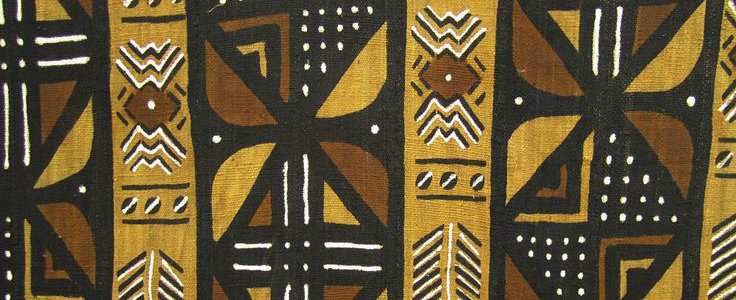
Mudcloth or Bògòlanfini
Like Kuba cloth, mudcloth or bògòlanfini is made using a technique that weaves cloth and color together. Typically made from fermented mud, this cloth originates from Mali’s Bamana culture. In their culture, this African pattern is typically worn as a form of camouflage for hunters and as a badge of status for ritual protection. Women in the culture are wrapped in this fabric pattern after their initiation into adulthood and following childbirth. Traditionally, the cloth is believed to take away any dangerous or evil forces caused by the circumstances. Bògòlanfini patterns have historic and cultural significance. They were worn during the famous battle between a Malian soldier and the French and are significant to Bambara mythology. Currently, Bògòlanfini is the mainstay of the Malian cultural identity and has been for the last 40 years. That’s a lot of mud!
Kente cloth
Vibrant and woven into long panels, Kente cloth is the classic and quintessential African style. The panels are sewn together and appropriate for both men and women’s clothing. The cloth is usually brightly colored with motifs representing religious or political commentary. The color patterns are especially significant as each color has a noteworthy meaning. From red symbolizing death to white meaning purity, the colors tell a story.
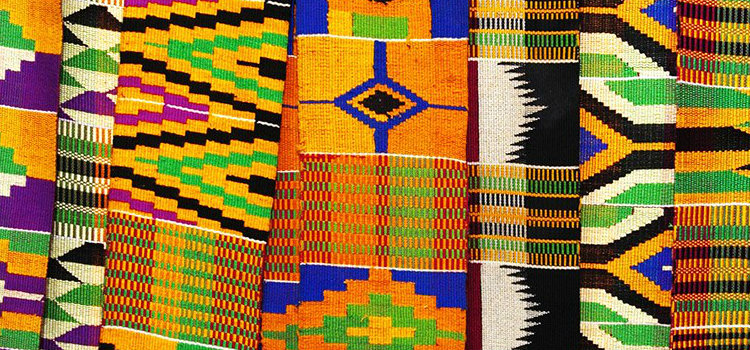
The significance of color in African cloth
Because so much time and effort is put into making each fabric, the African people ensure that there is meaning and spirituality behind their work. Color variations hold incredible meaning depending on the tribes and sub-groups of the culture. The following is a list of some of the main colors found in African patterns along with the meaning they hold. While there may be a slight difference depending on which African culture is being represented, for the most part the following colors hold the same meaning for all African people.
White: Like in many cultures, white symbolizes spirituality and purity. It is not seen in a lot of clothing because it is reserved for the purest people and situations.
Gold: With so many hoping for a prosperous and rich life, it’s no surprise that gold is used so often as it represents wealth and fertility.
Green: Although not used as often as gold, green also represents prosperity. It is also a medicinal color representing health in life.
Red: The color of blood, red is representative of trouble either in the political world or tensions spiritually.
Blue: The most harmonious of all colors, blue represents love and peace. It symbolizes earth, the sky, and water.
As you can see, African prints are so much more than meets the eye. Although they are flattering and the natural color palette of African patterns blend well with neutral tones like skinny jeans and a great pair of boots, knowing the significance and deeper meaning behind the clothing can make wearing the styles that much more fulfilling. Because Africa is a source of inspiration that elevates any outfit with history and culture, there’s no doubt that this trend will continue to stay in fashion and forever be in vogue. If you’re ready to try some of these looks for yourself, check out our collection of all over print African patterns and add a little culture to your wardrobe.
Shop Our African Print Selection Now >>>


